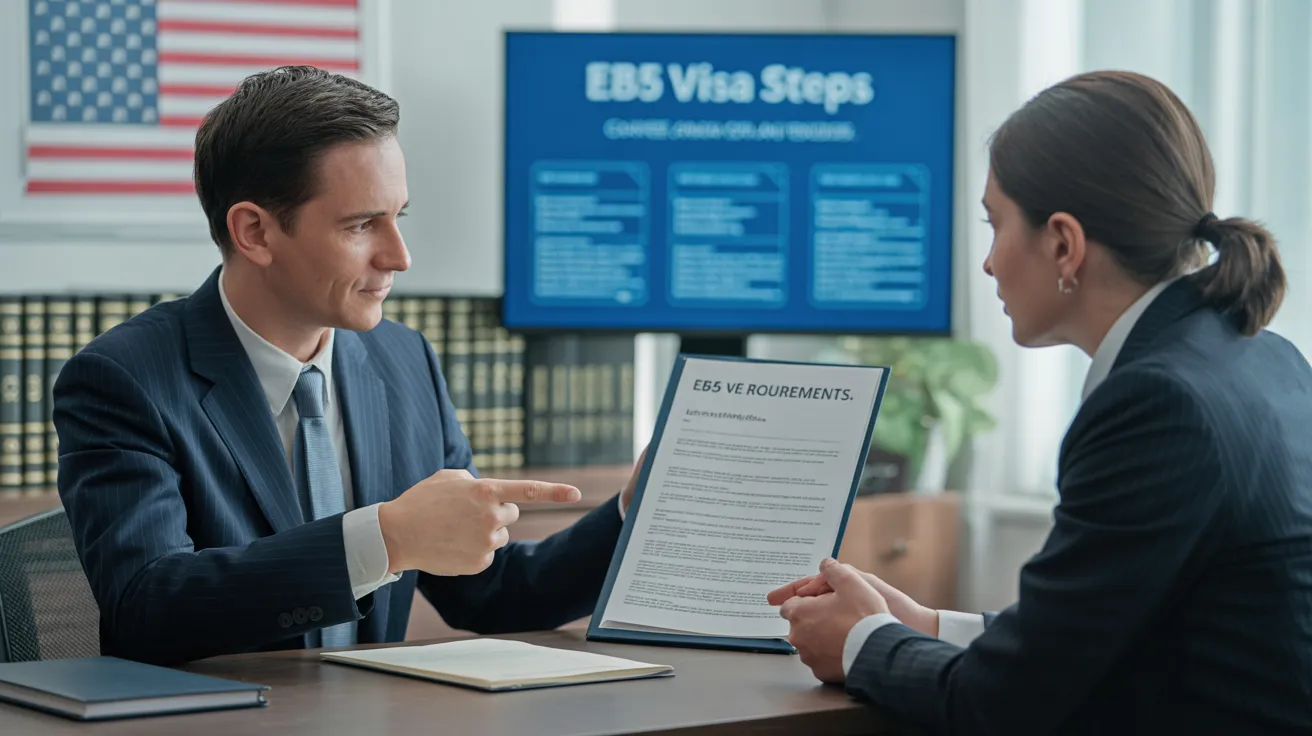L1 Visa for Investors
About L1 Visa
Table of ContentsAn Unbiased View of L1 Visa10 Simple Techniques For L1 VisaL1 Visa - The FactsWhat Does L1 Visa Mean?Not known Facts About L1 Visa
L-1 visas are readily available to workers of a worldwide business with offices in both the USA and abroad. L1 Visa. The visa enables such international employees to move to the corporation's US office after having actually functioned abroad for the firm for at the very least one continual year within the previous three before admission in the United StatesOne L-1 visa can permit several employees access into the United States.
In 2019, Indian nationals received 18,354 L-1 visas, accounting for 23.8% of all L-1 visas released in 2019. According to USCIS data, the biggest companies to receive L-1 visas in 2019 were Tata Working as a consultant with 1,542 approved L-1 visa applications, Infosys with 517, Amazon with 455, Mindful with 382, and Deloitte with 305.
Congress developed the L-1 visa in 1970. It was presented as a "noncontroversial modification" for international American companies. The initial visa required that the work tenure match straight prior to requesting the business transfer. Congress initially did not define "specialized expertise". In 1980, the State Division released 26,535 L-1 visas.
Indicators on L1 Visa You Should Know
Significant Indian outsourcing companies such as Tata, Infosys, and Wipro increasingly used the L-1 copyright personnel American multinational companies. Half of Tata's workers offered the United States came on L-1 visas. The North American Free Profession Agreement had provisions concerning intracompany transfers between the U.S., Canada, and Mexico.
By 2000, Immigration and National Solution recorded 294,658 visa entrances. In 2002, Congress permitted L-1 visa spouses, that are on an L-2 visa, the consent to work easily within the USA. In 2003, the Senate Judiciary Committee held a hearing on the L-1 visa. In 2004, the number of L-1B visas surpassed the variety of L-1A visas.

Applicants that are in the USA at the time of the declaring of the I-129 can ask for a modification of status from their existing nonimmigrant status (i.e. site visitor, pupil, and so on), so long as they remain in condition at the time of the declaring of the I-129. If they go out of condition after the filing, yet before authorization, there is no unfavorable effect, and the person does not build up unlawful existence.
Children of the primary L-1 can attend institution. The partner of the main L-1 has an automated right to function in the United States. Children can not approve paid work. The partner can, but need not, use with the USCIS for employment permission after arriving in the USA and, after issuance of the Employment Consent Document (EAD, Kind I-765), may after that work for any kind of company.
Indicators on L1 Visa You Should Know
An I-797 Notification of Action showing the authorization of the visa request does not assure that a visa will certainly be provided at the United state

The 4-Minute Rule for L1 Visa
For an L-1 visa applicant, "twin Intent" is allowed: L1 Visa process unlike some classes of non-immigrant visas (e.g., J-1 visas (L1 Visa)), L-1 candidates might not be refuted a visa on the basis that they are an intending immigrant to the USA, or that they do not have a home abroad which they do not plan to abandon
Renewal in the United States uses to condition only, not the real visa in the copyright. copyright revival, the applicant must go to a UNITED STATE
An alien can not leave the United States and after that reenter without a valid L-1 visa, and have to appear directly prior to a consular policeman copyright issuance.
Indicators on L1 Visa You Need To Know
An individual in L-1 condition typically might work only for the requesting business. If the L-1 employee enters based on an L-1 covering, nonetheless, it normally is possible for the worker to be relocated in the very same capability to any other associated business detailed on the blanket. The L-1 visa program has actually been slammed for many reasons.
In one instance, The U.S. Department of Labor fined Electronics for Imaging $3,500 for paying its L-1 visa workers $1.21 an hour and functioning L1 Visa law firm some of them as much as 122 hours a week. Some market reps have actually implicated firms of utilizing the L-1 program to replace U.S. workers. Critics and government officials have explained just how the visa program does not define "specialized knowledge" for foreign employees in the L-1B visa group.